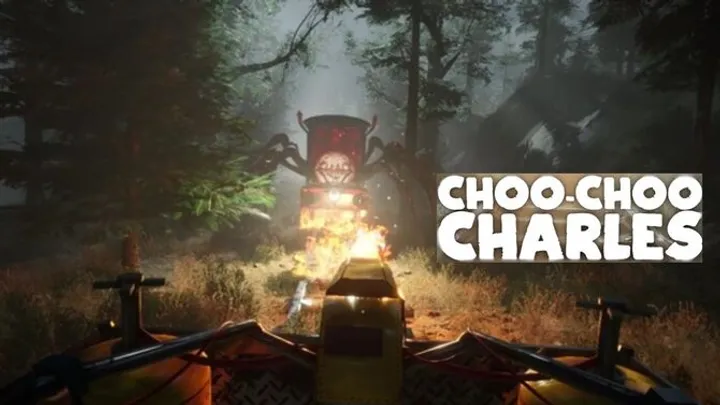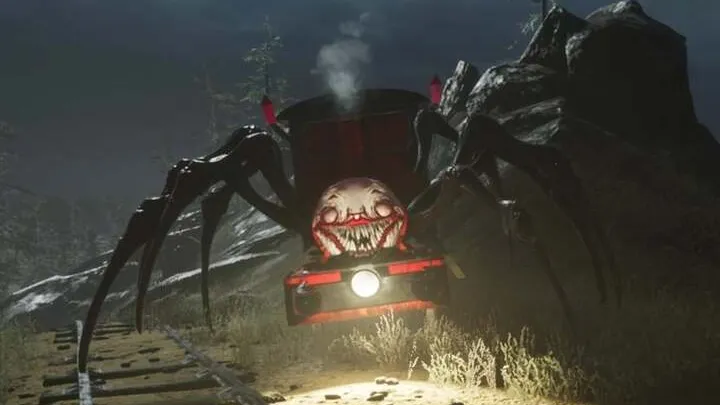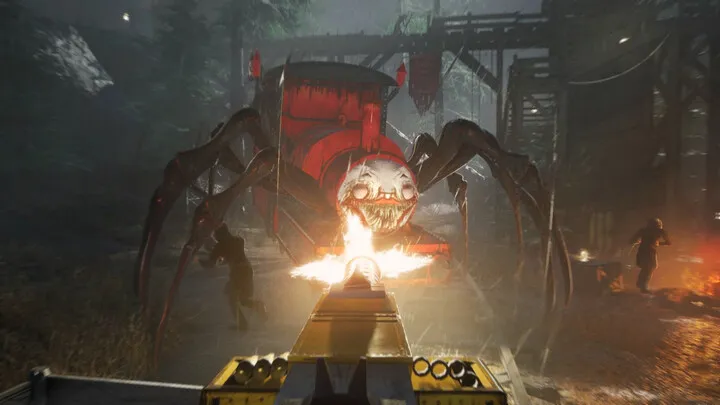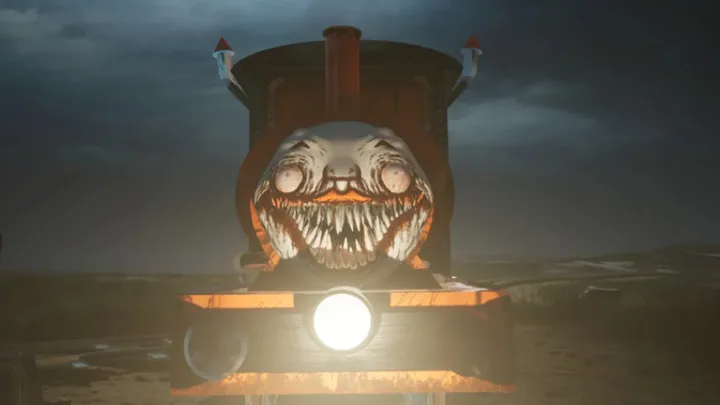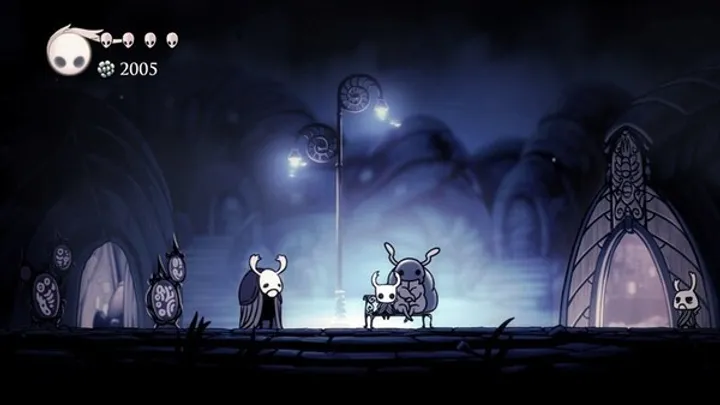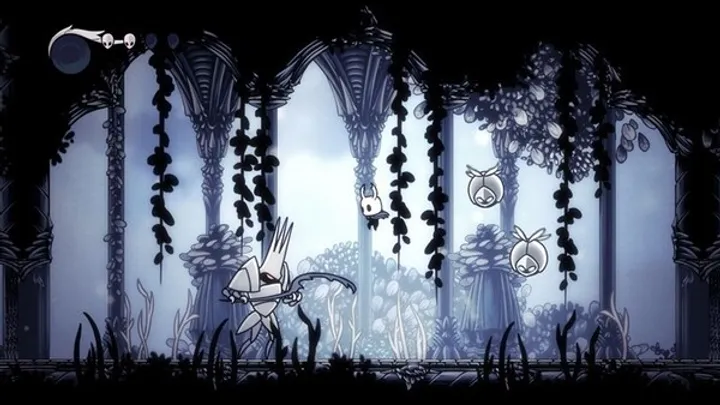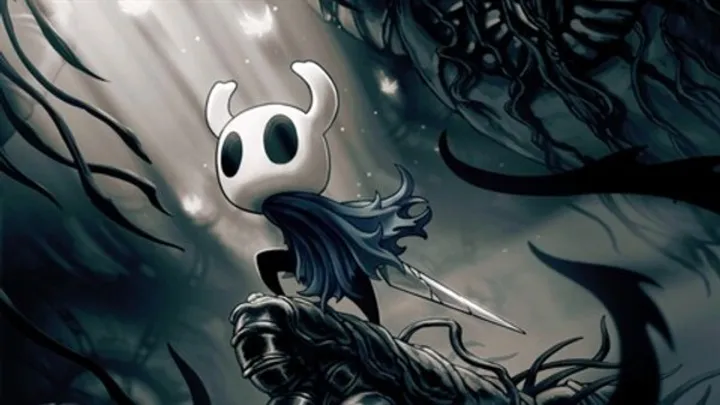Among long-running online action RPGs, Elsword remains a rare gem—an anime-style side-scrolling brawler that blends combo-heavy gameplay, deep character customization, and an evolving narrative. Yet behind its colorful art and energetic battles lies one persistent issue that has defined the game for over a decade: balancing an ever-expanding roster of characters and job paths without breaking the combat system. This is not just a design challenge—it’s an identity crisis. Elsword constantly fights to maintain fairness while preserving each character’s unique flair and playstyle.
This article explores the heart of that struggle, examining how Elsword’s evolution, class system, and player expectations create one of the most complex balancing dilemmas in modern MMO design.
1. The Origins of Elsword: Speed Meets Strategy
When Elsword launched in 2007 (Korea) and later in the West, it stood out immediately. Unlike traditional MMORPGs that relied on slow, tab-target combat, Elsword offered lightning-fast action reminiscent of arcade fighting games. Players could chain combos, launch enemies, and execute aerial assaults with precision.
This fluidity became its identity—but also its greatest challenge. Early on, the game’s classes were fairly limited, with each path offering clear strengths and weaknesses. Over time, as new classes and job advancements appeared, those distinctions blurred, and the battle for balance began.
The tension between accessibility for new players and depth for veterans became a defining element of Elsword’s design philosophy—a battle it still wages today.
2. The Expanding Cast: When Variety Becomes Chaos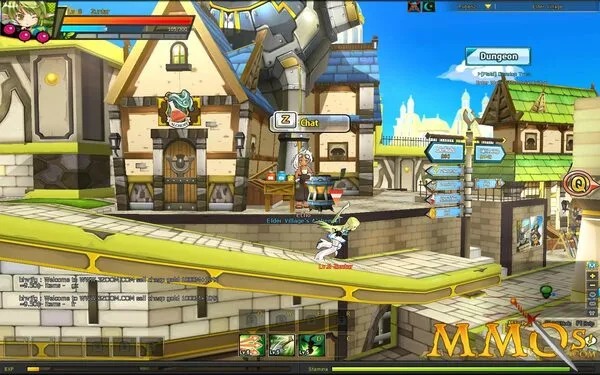
One of Elsword’s biggest appeals is its cast of playable characters, each with multiple job paths. From Elsword’s fiery swordsmanship to Aisha’s arcane mastery and Add’s time-bending mechanics, every character feels distinct. But as the roster grew past a dozen unique heroes, each with three to four job branches, balancing them became a nightmare.
Every new release risked disrupting the ecosystem. When a new job path appeared—especially one with unique resource systems or mechanics—it often outclassed older characters. Players called this the “new class advantage,” a cycle where newer content dominated competitive play until older ones received buffs.
This constant push-and-pull kept the game dynamic but also unstable. The result was a meta that changed not just with every major update, but sometimes with minor patches.
3. Combat Depth vs. Accessibility
At its core, Elsword prides itself on being combo-driven. Success depends on timing, positioning, and chaining skills effectively. However, as newer generations of players joined, developers had to simplify certain aspects to make the game more accessible.
This shift created tension within the community. Veteran players missed the mechanical depth of older metas that rewarded precision and mastery. Newer players, meanwhile, appreciated streamlined skills and improved responsiveness.
Balancing this dual audience became a recurring issue. Simplifying too much risked alienating long-time fans; keeping systems too complex scared away newcomers.
Key combat elements under scrutiny
- Hitbox consistency – Some classes have larger or more forgiving hitboxes, making combos easier.
- Cooldown windows – Reducing or extending cooldowns can dramatically shift meta viability.
- Skill cancel timing – The “feel” of cancel chains defines each class’s play rhythm.
4. The Evolution of Job Paths
Each Elsword character can specialize into multiple job paths, essentially separate playstyles. For example:
- Elsword can become a Knight Emperor (balanced), Runa Master (defensive magic hybrid), or Immortal (aggressive physical DPS).
- Rena may focus on Nature’s Force (support and agility) or Anemos (speed-based aerial combat).
These distinctions create immense variety but also magnify imbalance. When one path dominates damage charts or PvP matchups, it pressures players to abandon their favorite style in favor of the “meta pick.”
Developers frequently release rebalances—called “reworks”—to revive underperforming classes. While these updates keep gameplay fresh, they often swing the pendulum too far in the other direction, creating a new overpowered contender.
5. PvP: The Arena of Inequality
Nowhere is Elsword’s balance issue more visible than in its PvP scene. Arena combat demands precise execution, but certain classes inherently dominate due to speed, crowd control, or range.
For instance, Add’s Diabolic Esper once reigned supreme due to his teleportation mechanics and overwhelming combo potential. Meanwhile, slower or melee-focused characters like Chung struggled to close the gap.
Developers introduced systems like matchmaking tiers and ranking resets to keep competition fair, but class imbalance persisted. The community began to rely on “gentlemen’s agreements”—unofficial rules that avoided using broken skills or characters in friendly duels.
Despite this, the PvP mode remains one of Elsword’s most beloved features, thanks to its adrenaline-fueled pacing and skill expression.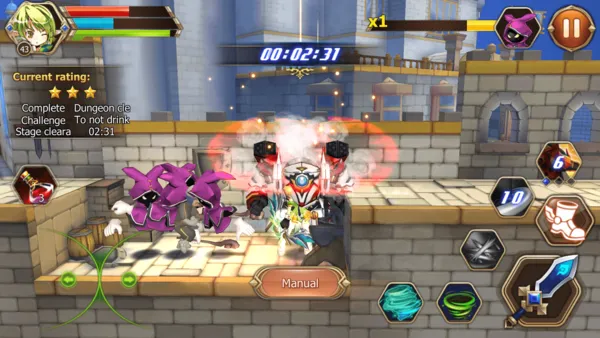
6. PvE: Power Fantasy vs. Fairness
In contrast to PvP, Elsword’s PvE experience thrives on spectacle. Players battle hordes of enemies, tackle massive bosses, and chase higher damage outputs. The problem? Some classes are simply built for PvE dominance.
Damage output inflation—caused by new gear tiers, artifacts, and reworks—creates a constant cycle of imbalance. Older content becomes trivialized, while new dungeons demand specific meta builds.
This arms race pressures players into grinding endlessly for power. Rather than encouraging experimentation, it reinforces a narrow meta of high-DPS classes. The developers must continually adjust scaling systems just to keep older characters viable.
7. The Community’s Role in Balance Perception
Community feedback has always been a double-edged sword in Elsword. While player reports often lead to meaningful rebalances, emotional reactions can distort priorities.
For example, vocal segments of the player base sometimes exaggerate issues with certain classes, prompting emergency nerfs that overcorrect the problem. Other times, less popular characters remain neglected due to smaller representation.
Social media platforms, especially Discord and Reddit, amplify these debates. Patch cycles turn into heated battlegrounds of opinion, with players dissecting every change frame-by-frame.
Yet this passionate engagement also keeps Elsword alive. Few MMOs sustain such intense discussion after more than a decade.
8. The Technical Side of Balance
Balancing in Elsword isn’t just about numbers—it’s about animation frames, input latency, and how abilities interact in both PvE and PvP contexts. Even small timing changes can create massive ripple effects.
The developers use internal data to track performance metrics like average DPS, win rates, and skill usage frequency. However, due to differing latency, player habits, and regional metas, no single balance patch can please everyone.
This complexity reveals the hidden truth of game design: “balance” isn’t static—it’s a living ecosystem that evolves with every player interaction.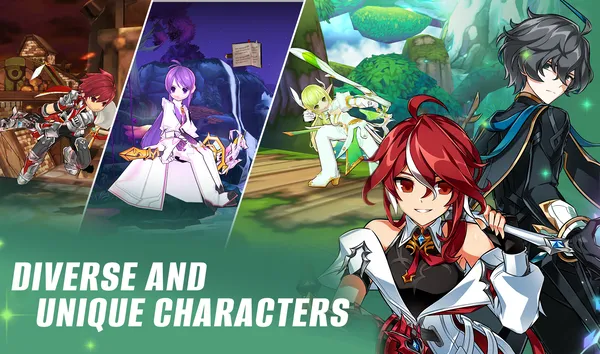
9. The Modern Meta and Future Direction
As of recent years, Elsword has tried to find stability through reworks that emphasize diversity rather than raw damage. New systems such as Master Class advancement allow characters to expand existing roles without replacing them entirely.
The developers have also started toning down extreme differences in hit detection and invulnerability frames, which once made certain PvP matchups unwinnable.
Still, achieving perfect balance remains a dream. With new content constantly added, every update risks reopening old wounds. What keeps the game alive, however, is the ongoing dialogue between developers and its passionate fan base—a rare relationship in online gaming.
10. Conclusion: The Eternal Cycle of Adjustment
Elsword thrives on its contradictions. It’s a game where artistic expression meets mechanical chaos, where freedom to choose clashes with the limits of balance. Every character feels distinct, but that very distinctness ensures imbalance will always exist.
Rather than viewing imbalance as failure, Elsword’s community has learned to see it as part of the game’s evolution—a rhythm of experimentation, discovery, and adaptation.
In the end, Elsword’s struggle for balance mirrors its theme of growth: to keep improving, even if perfection is never possible.








